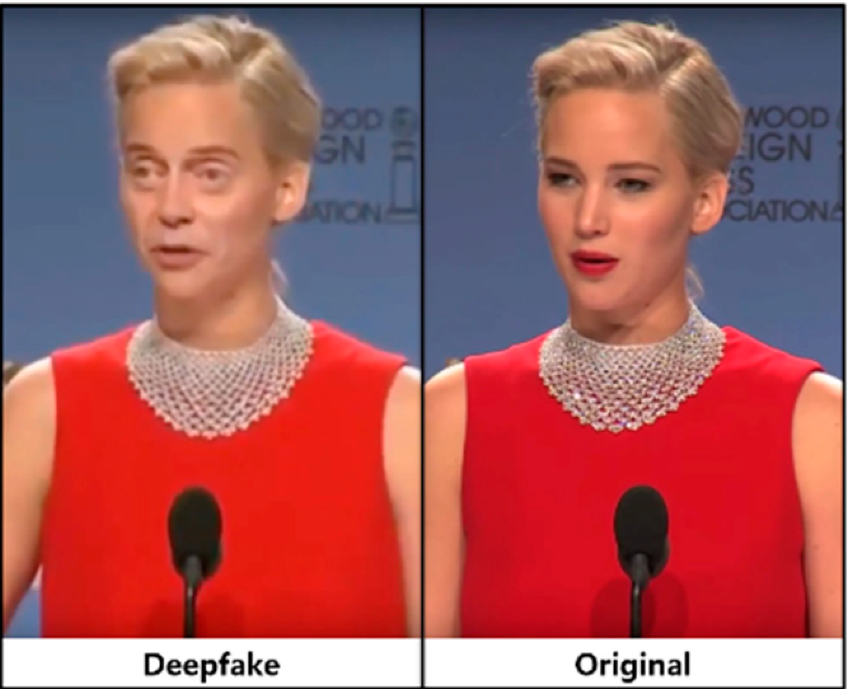The use of AI deepfakes involving deceased individuals touches on deeply personal and societal questions about privacy, ethics, and legacy. A deepfake allows a digital recreation of someone’s likeness, voice, and mannerisms, making it possible to create realistic simulations of people in ways they never participated in. While some see this as a breakthrough that can bring back historical figures or extend the legacies of beloved entertainers, it raises complex concerns about control over a person’s image, especially once they’re no longer here to give consent.
For instance, movie studios have used deepfake technology to digitally recreate actors who have passed away, allowing them to “appear” in films years after their death. Fans often find this captivating, as it provides a sense of connection to stars they admired. Yet, this approach blurs the line between tribute and exploitation. Critics argue that without clear consent from the deceased or their family, these recreations can feel like a misuse of someone’s legacy for financial gain. The ethical stakes rise even higher when deepfakes of historical figures or political leaders are used in media or educational content. It’s important to consider whether altering their likeness or words distorts history or creates misleading interpretations of their actions or beliefs.
Beyond the entertainment industry, there’s also a growing unease about how AI deepfakes can be weaponized. With technology that can mimic deceased individuals, there’s potential for misleading propaganda, false news, or even malicious attacks against a person’s reputation. In this digital age, families may find themselves navigating complex legal battles to protect the memory of their loved ones. Without clear regulations, AI deepfakes raise thorny questions about who truly owns a person’s likeness once they’re no longer alive to control it.



Photo Credit: Chris Ume is a Freelance VFX and AI Artist. He created the Deepcruise series from where the first picture is taken.
Photo Credit 2: No author is credit in the article however the photo is provided by Deepfake Web Blog
Photo Credit 3: Travis Schreiber a journelist at GuaranteedRemoval did an article on AI deepfaking and provided the photo of Jennifer Lopez
By Hamza Ahmad